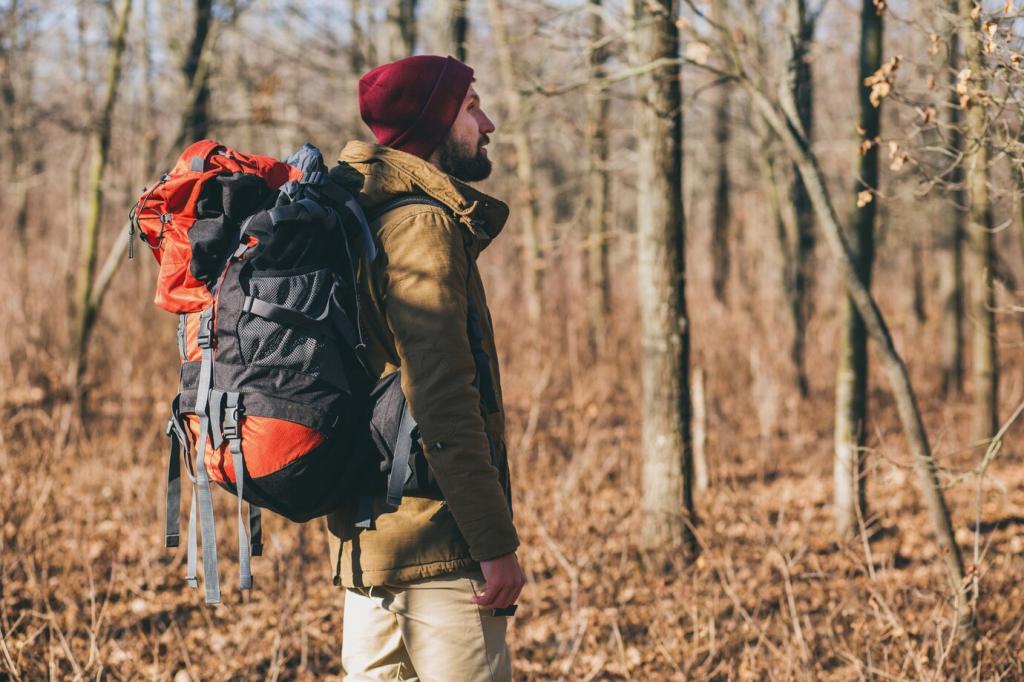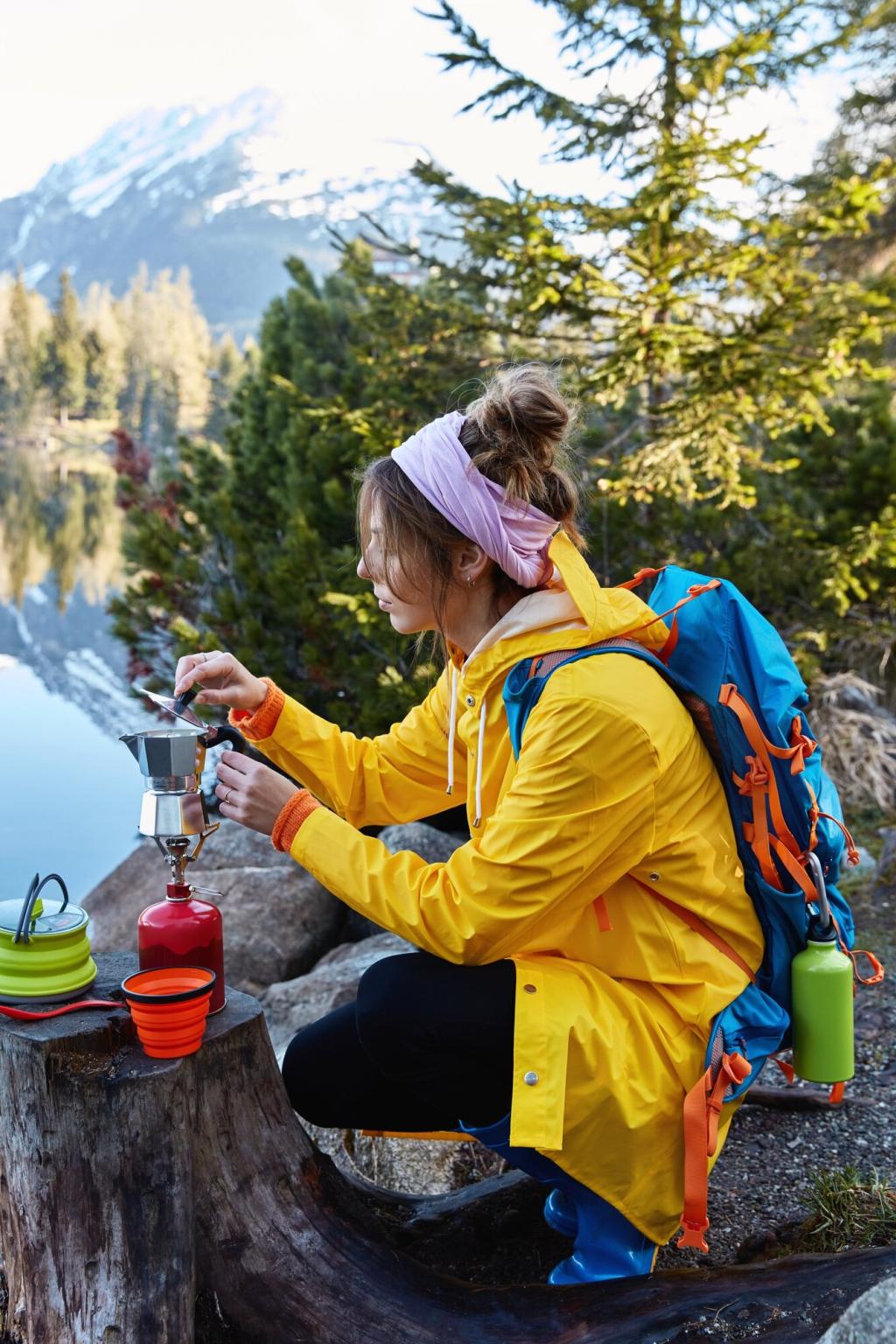Read the Sky: Navigating Seasonal Weather Changes on Mountain Trails
Selected Theme: Navigating Seasonal Weather Changes on Mountain Trails. From snow-choked cols to monsoon-soaked ridgelines, we explore how seasons reshape mountain weather—and your decisions. Join us, share your hard-won lessons, and subscribe for trail-tested insights and timely, hiker-friendly strategies.

Spring Thaw: Slush, Swollen Creeks, and Shifting Snow
By late morning, snow softens and postholing explodes. Watch cornices drooling meltwater and cumulus towers stacking early over ridgelines. On a May traverse, we turned back at noon as anvils spread—lightning chased us to timberline minutes later, validating our early warning signs.

Spring Thaw: Slush, Swollen Creeks, and Shifting Snow
Spring creeks run loudest in the afternoon. Cross early, unbuckle hip belts, and probe suspect snow bridges with poles. I once punched through a thin drift into thigh-deep meltwater; dry bags and a calm reset spared our trip and reminded us to time crossings with cool dawn flows.
Cloud Clues Before Noon: When to Beat the Boom
Towering cumulus with crisp, cauliflower tops by 11 a.m. often precede storms. Wispy, soft edges buy time; crisp vertical growth means retreat. We tagged a summit by nine, felt hair-raising static near the cairn at ten-thirty, and bailed as the first rumble rolled two valleys away.
Lightning Safety: Spacing, Positioning, and the 30–30 Rule
If flash-to-bang is under 30 seconds, descend immediately and avoid ridge crests, lone trees, and metal. Spread partners 20–30 meters apart. Crouch on packs or insulating pads if trapped. Wait 30 minutes after the last thunder to resume. Share your close-calls to sharpen our collective judgment.
Heat at Altitude: Hydration, Salt, and Early Starts
Thinner air accelerates dehydration and sun exposure. Start pre-dawn, sip steadily, and complement water with salts. A buddy once bonked on a south-facing scree in August; a shady pause, electrolytes, and a reroute along a breezier ridge turned a meltdown into a memorable lesson.
Autumn Transitions: Cold Fronts, Leaf Litter, and Early Ice
Fronts on the Move: Wind Shifts and Pressure Dips
Listen for wind veering northwest and feel temps tumble—classic cold front fingerprints. A simple barometer watch helps, but so does your skin: that sharp, dry bite before dusk often foreshadows rime by morning. Comment with your favorite front indicators so others can learn the cues.
Hidden Ice: Frosted Slabs and Leaf-Covered Roots
Fallen leaves can hide black ice on polished rock and roots. Shorten poles, test steps, and favor textured rock. We once detoured a slabby shortcut after a faint shimmer betrayed glaze; the longer ridge path saved ankles and daylight that a slip would have squandered.
Layering for Wild Swings: From Sunlit Gold to Freezing Shade
Use a flexible system: breathable base, active-insulation mid, wind layer, and a real puffy for stops. Hands suffer first—carry light liners and warm mitts. Subscribe for our adaptable fall layering guide tailored to elevation bands and shoulder-season start times.
Winter Mountains: Whiteouts, Wind Slabs, and Energy Management
When horizons vanish, pick terrain handrails—ridges, creek lines, or timber edges—and set conservative backstops. On a pea-soup day, our compass bearings plus a subtle wind-on-left cue kept us aligned to a safe saddle. Redundancy beats swagger every single time.

Microclimates: Passes, Cirques, and the Treeline Threshold
Orographic Truths: Windward Wet, Leeward Lurking
Moist air rises, cools, and dumps on windward faces, while lee slopes dry out but harbor slabs and rotor gusts. We basked in lee sunshine one noon, then met bullet gusts around a corner. Microclimates reward curiosity—and a plan B and C in your pocket.


Treeline as a Teacher: Clues in Krummholz and Flagged Trees
Stunted, wind-flagged trees point at prevailing winds and shelter pockets. If krummholz crouches low, expect brutal exposure above. Share photos from your home range—tree shapes tell weather stories that forecasts gloss over, especially when timing a sprint across an airy saddle.
Forecasts to Footsteps: Turning Data into Mountain Decisions

Pre-Trip Synthesis: Models, Advisories, and Local Knowledge
Compare multiple sources—official forecasts, mountain-specific sites, and avalanche advisories—then note elevation bands, wind, and thunder timing. Message local rangers or clubs for nuance. Drop a comment with your go-to sources; we’ll compile a community list worth bookmarking.

On-Trail Nowcasting: Clouds, Wind, Smell, and Sound
Cumulus thickening, wind rising, and the earthy scent of rain all foreshadow change. Distant thunder carries farther in thin air; heed it. I once stopped for a snack, watched virga become curtains, and pivoted routes in time to stay dry and smiling.

Turnaround Criteria: Pre-Agreed Lines That Keep You Safe
Define non-negotiables before you start: flash-to-bang threshold, surface conditions, wind limits, turnaround times. Share them with partners. When a plan is clear, backing down feels like success, not failure. Subscribe for our printable decision card to clip inside your map case.
